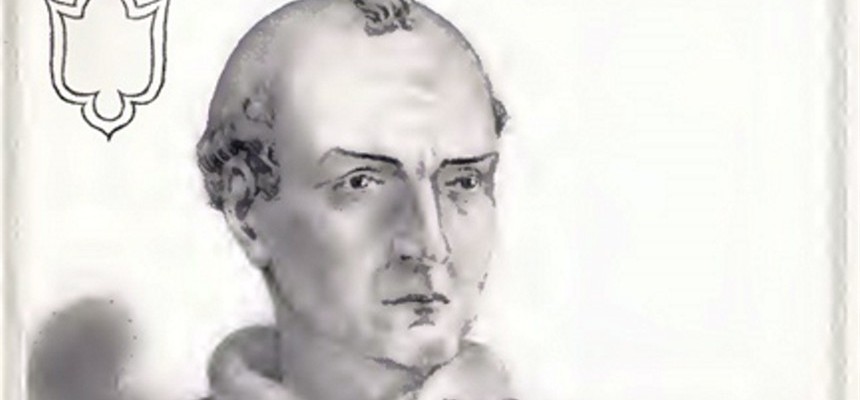
Adrian was a member of the Roman nobility as a youth. This is a frequently noted trait in the early Church. He was born about 792 in Rome. As a young man, he married Stephania and they had a daughter before he was ever ordained, which was still acceptable at the time. In 842, the now middle-aged Adrian was nominated cardinal priest of San Marco Church. During his priesthood and cardinalate, Adrian saw two of his distant family members become pope, Stephen IV, in 816-817 and Sergius II, 844-847.
Pope Nicholas was a very strict upholder of the Church’s temporal powers. When he died, 13 November 867, the people and Church officials chose Adrian as a compromise candidate, hoping to ease papal control. Adrian objected, to no avail. After German Emperor Louis II approved of Adrian’s election, he was seated on the throne 14 December 867. Adrian’s wife and daughter moved into the Lateran Palace with him.
Adrian was supportive of Pope Nicholas’ policies and tried to maintain them, but he was old and not energetic. He lost power. His first concern was a layover from Nicholas’ pontificate. King Lothair II was trying to divorce his wife to join with his mistress. However, Adrian’s attempts to reconcile were in vain. The king died before anything could be resolved, leaving Adrian in charge of making sure Louis of East Francia inherited his kingdom. When the surviving brothers were contending for the Lothair’s kingdom, Adrian supported King Louis against Charles the Bald, supported by Bishop Hincmar of Reims. Louis, also king of Italy, would protect Rome from the Muslims, it was presumed if Adrian supported him. In the end, Louis did not inherit the kingdom. Later efforts by Adrian to intervene in the family disputes were rebuffed by Hincmar. It turned out, later, that Anastasius, head of the papal chancellery, was involved in these interventions.
Adrian was forced to submit the surveillance of Bishop Arsenius of Orte, a confidential advisor to the pope and uncle to the above-noted Anastasius. This younger man’s brother (or son?), Eleutherius, managed to kidnap the pope’s daughter and wife, then forcibly marry the young woman. The two were then murdered. Adrian, in mourning, partly blamed Anastasius and he was dismissed. The old pope could not seem to stop the younger man from returning later, however, and dominating again.
The same year that Adrian was elected, Basil the Macedonian killed Emperor Michael III of the Eastern Empire to gain the throne. He sent Patriarch Photius of Constantinople into exile and restored Ignatius, who was supported by Nicholas and Adrian. Photius fought the exile. The 4th Council of Constantinople was convoked to settle this. Adrian’s legates presided at the condemnation of Photius as a heretic. In the meantime, Basil had the hypothesis that the cultural advancement, sovereignty and prestige of a Christian Bulgaria (his homeland) could be achieved through an enlightened clergy governed by an autocephalous church. He weaved his way between Ignatius and Adrian and got his way at the end of the Council (February 870). He was granted an autonomous Bulgarian archbishopric, answering only to the Patriarch of Constantinople. Adrian endorsed the use of the Slavonic language in liturgy, started by Saints Cyril and Methodius. He is held in high esteem to this day.
Adrian ended his papacy five years to the day after his coronation, 14 December 872.


Recent Comments